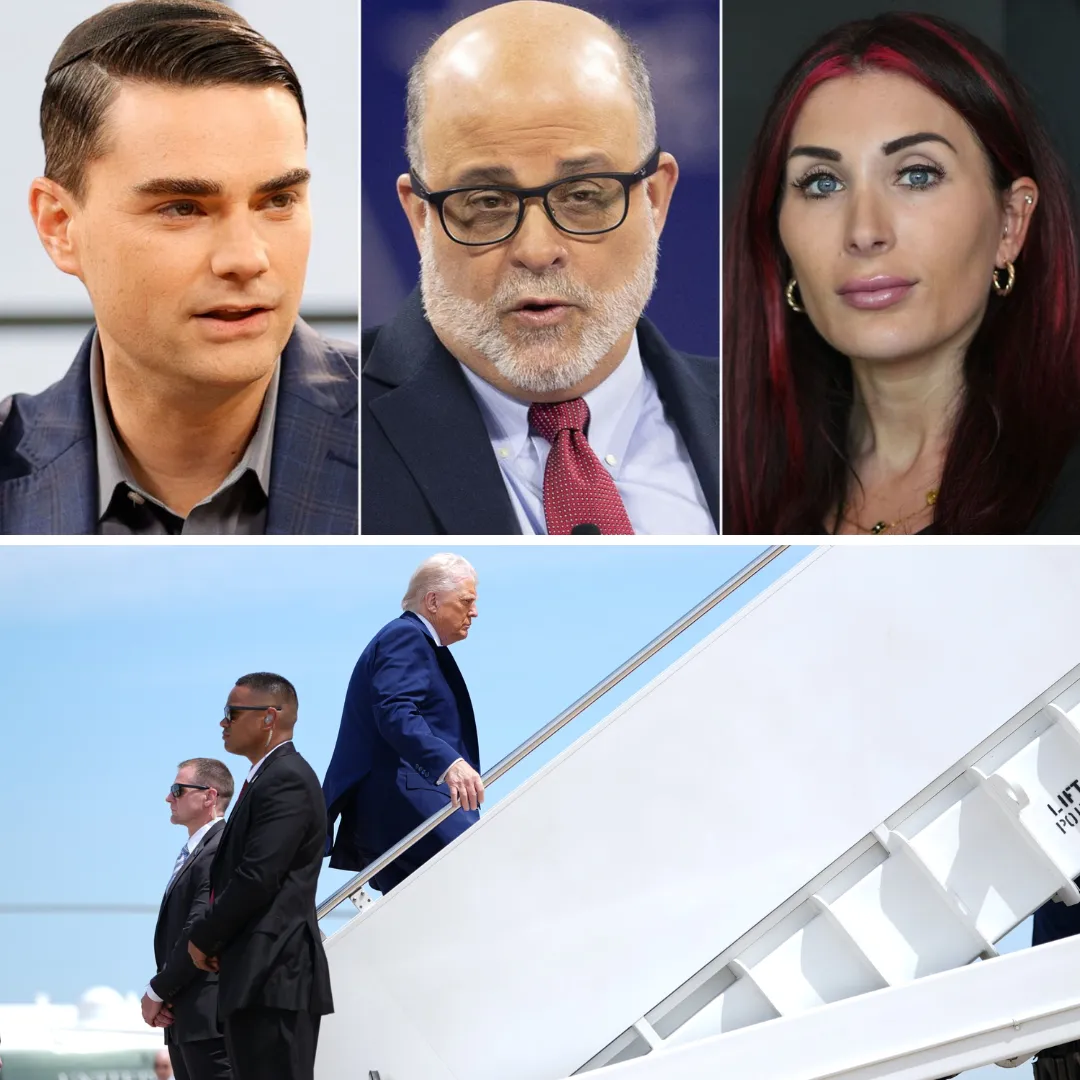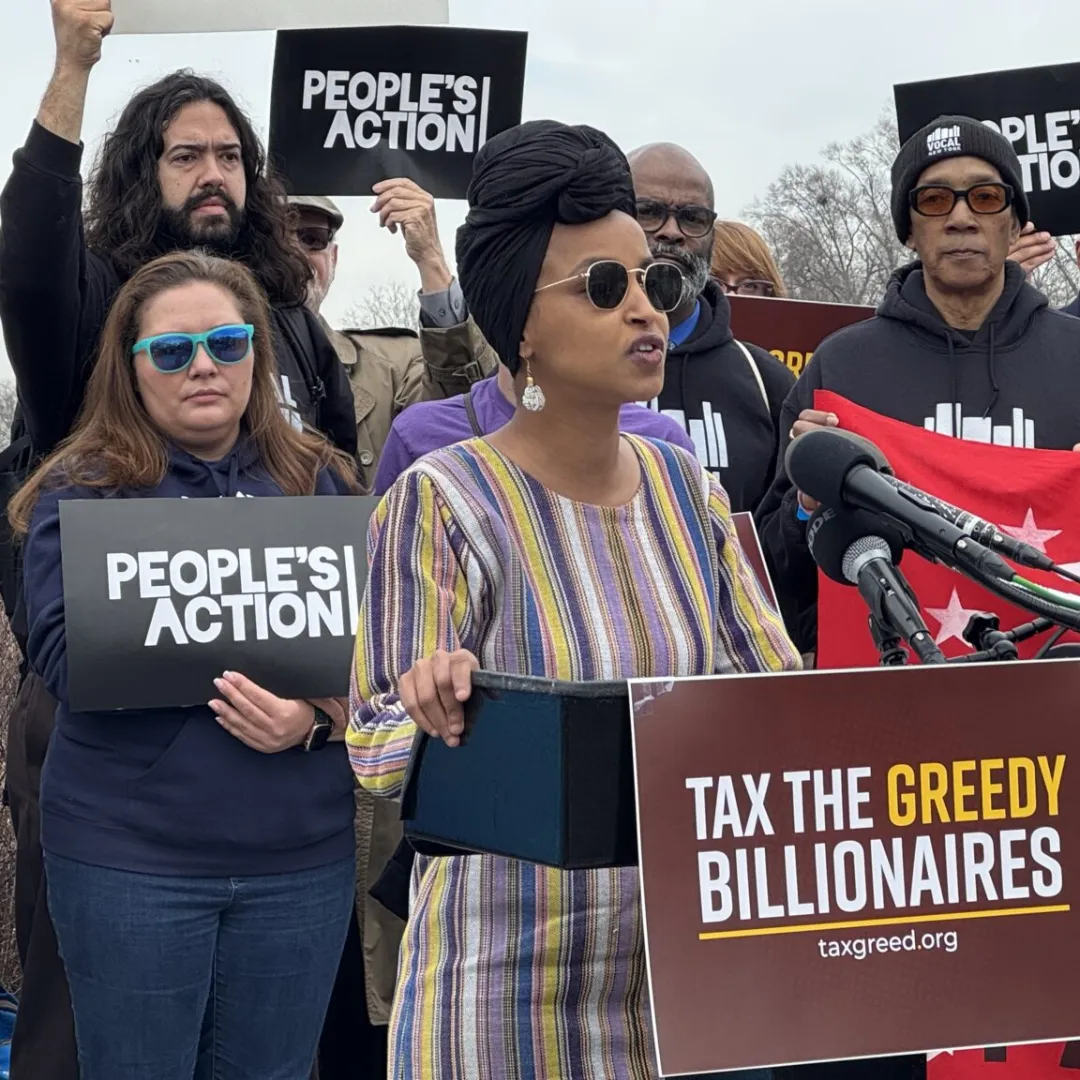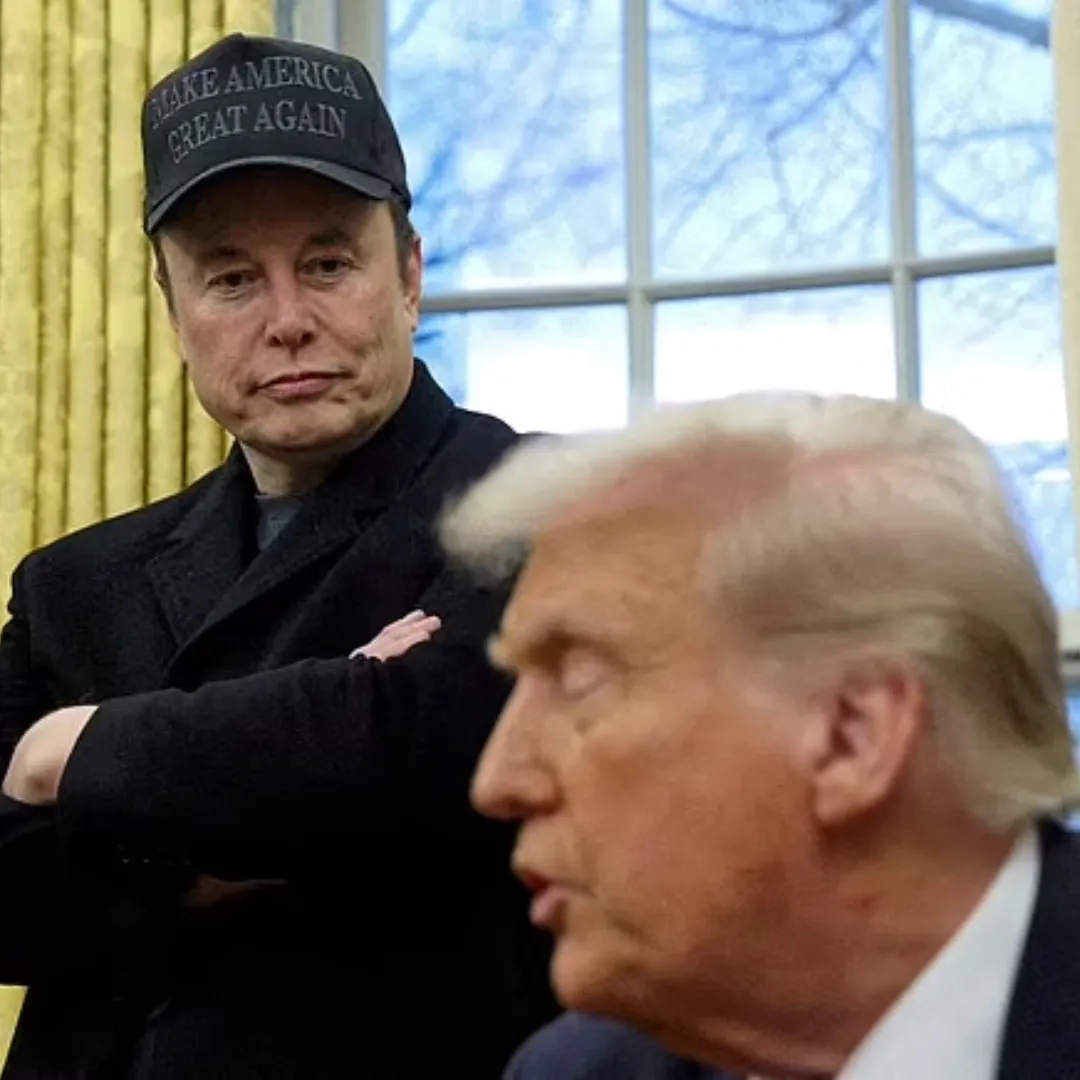Amazon is stepping back from an internal proposal to display tariff costs on ultra-discounted products after a sharp reaction from the White House and a call from President Donald Trump himself.
The online retail giant had reportedly considered showing the cost of import fees on products listed under its Haul storefront, a sub-platform geared toward low-cost goods, but now says the idea was never finalized and will not be implemented.
The controversy began with reports suggesting Amazon would soon begin including tariff-related fees on product pages for Haul, a marketplace the company introduced last year as a rival to Chinese e-commerce platforms like Temu and Shein. Haul focuses on low-cost items, primarily under $20, including clothing, kitchen gadgets, and small home goods.
In a statement issued Tuesday, Amazon spokesman Tim Doyle said, “The team that runs our ultra low cost Amazon Haul store considered the idea of listing import charges on certain products. This was never approved and is not going to happen.”
The internal conversation reportedly stemmed from recent trade policy changes under President Trump, specifically the decision to end the so-called de minimis rule that allowed many low-value imports to bypass certain tariffs and customs scrutiny.
However, sources familiar with the matter indicated that the proposed tariff display was unrelated to Trump’s sweeping new tariffs on Chinese goods, which impose import fees as high as 145 percent on certain categories.
News of the potential change surfaced in media reports Tuesday morning and quickly caught the attention of the White House, prompting a swift and critical response. Officials interpreted the potential pricing adjustment as a political maneuver intended to undermine the administration’s trade policy.
“Why didn’t Amazon do this when the Biden administration hiked inflation to the highest level in 40 years?” asked White House press secretary Karoline Leavitt in response to the initial report.
Commerce Secretary Howard Lutnick later commented on the matter on social media, calling Amazon’s decision to clarify and cancel the plan a “good move.”
Behind the scenes, President Trump personally reached out to Amazon founder and top shareholder Jeff Bezos following the uproar. A source familiar with the call confirmed that Trump expressed dissatisfaction with the reported pricing initiative and urged Bezos to put a stop to it.
Speaking to reporters later in the day, Trump characterized the conversation in favorable terms. “Bezos was very nice, he was terrific,” Trump said. “He solved the problem very quickly. He’s a good guy.”
The exchange underscored the unusual dynamic between the Trump administration and some of the most powerful figures in the tech industry. While Bezos and Trump have had a historically strained relationship, marked by Trump’s past criticism of The Washington Post and Bezos’s political influence, the tone appears to have softened in recent months.
Bezos attended Trump’s second inauguration in January and has since appeared at public events alongside other top executives. He also joined Trump for a private dinner at Mar-a-Lago and has made gestures toward cooperation during the new term.
Amazon, for its part, has taken steps to remain in good standing with the administration. The company made a substantial donation to Trump’s inaugural fund and reportedly spent $40 million to license and distribute a documentary film about First Lady Melania Trump. These moves are widely seen as part of a broader effort to maintain favor with the current White House.
At the same time, the company and its massive network of third-party sellers are adjusting to the real impact of Trump’s newly imposed tariffs. Earlier this month, Amazon began reaching out to many of its merchants to assess how the import fees are affecting product pricing, sourcing strategies, and logistics operations.
Many sellers reported that the tariffs were already leading to higher operating costs, prompting them to raise prices or reduce marketing budgets.

Amazon CEO Andy Jassy addressed the issue in a recent interview, stating that sellers may have no choice but to shift the cost of tariffs onto consumers. “They will likely need to pass that cost on,” he said, referring to the increased financial burden that sellers now face under the new trade rules.
The digital marketplace has already begun to show signs of strain. Temu and Shein, two of Amazon’s most aggressive competitors in the discount retail space, have each responded to the tariff increases by raising prices on many of their most popular items.
Temu in particular has started to add visible import charges on certain goods, ranging from 130 percent to 150 percent of the listed price. This move, though unpopular with shoppers, reflects the increasing difficulty of maintaining ultralow prices in an environment of heightened trade enforcement.
Amazon’s internal consideration of whether to follow suit was likely driven by these external pressures. Displaying tariffs as a separate line item on low-cost goods would have represented a major shift in e-commerce pricing transparency, potentially influencing customer behavior and reshaping public awareness of the real-world effects of trade policy.
However, the political implications proved too volatile. The administration's swift reaction, followed by the president’s personal intervention, appears to have ended the discussion before any changes were made public on the site. Amazon has now firmly stated that it has no plans to implement such a feature.
Even so, the company remains in a precarious position. On one hand, it must respond to the growing financial pressure on its sellers, many of whom rely on Chinese manufacturing and imports.
On the other, it must avoid appearing to challenge the administration’s economic agenda, particularly at a time when regulatory scrutiny over Big Tech remains high.
Retail analysts say Amazon’s current challenge is emblematic of the broader tension facing globalized companies operating in politically sensitive environments. Navigating trade policy, consumer pricing, and political messaging requires not only agility but a careful balance of competing priorities.
Smaller sellers on the platform are already feeling the consequences. One apparel merchant said that their profit margins have shrunk by nearly 20 percent since the new tariffs were introduced and that their team is now re-evaluating sourcing options in Vietnam and Bangladesh.
A seller in the electronics category reported that their advertising budget had been cut in half, and plans for a new product launch have been postponed indefinitely.
In response to mounting concerns, Amazon has increased its outreach to third-party sellers, hosting webinars and providing guidance on supply chain diversification.
The company has also issued internal advisories instructing seller account managers to remain neutral when discussing trade policies with partners, encouraging them to focus on operational solutions rather than political discourse.
Meanwhile, the administration continues to frame its tariff strategy as a tool for economic fairness and national resilience. The removal of the de minimis loophole is intended to close what officials view as a regulatory gap that allowed Chinese sellers to avoid taxes and customs scrutiny.
Supporters of the policy argue that it levels the playing field for American manufacturers and forces companies to rethink their dependence on low-cost foreign goods.
Critics argue that the tariffs have already contributed to higher consumer prices and are creating a more hostile business environment for e-commerce platforms and small businesses alike. Whether those costs continue to climb—and how retailers respond—will likely become a defining question for the next phase of the global online economy.
For now, Amazon is choosing to walk a careful line. The company is distancing itself from a plan that risked angering the White House, while still actively managing the fallout of the very tariffs that triggered the discussion in the first place.
As sellers, shoppers, and policymakers watch closely, the balance between transparency, politics, and profit continues to play out—one price tag at a time.







